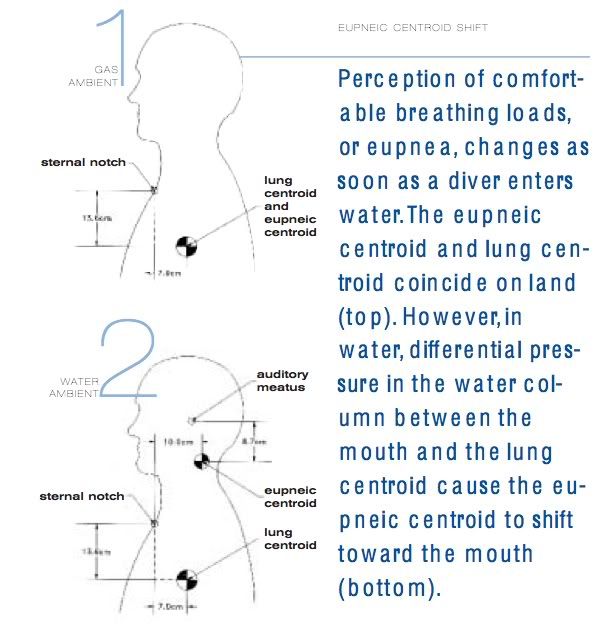Ed Palma
Contributor
So my point is that the sensation of how hard a regulator breath and the actual work that it takes to take a breath are not exactly the same thing. Therefore, the diver on the left picture with the regulator in the same horizontal plane as his inner ears feel that his regulator breathes great and it does.
...
I hope this does not derail this thread, but this is general information about the physics (and interaction with human physiology) behind all scuba regulators but it is particularly noticeable when diving double hose regulators.
Thanks Luis, for bringing up that point
Here's an excerpt:

I agree with you that this topic is indeed very relevant to the topic of DH diving.



